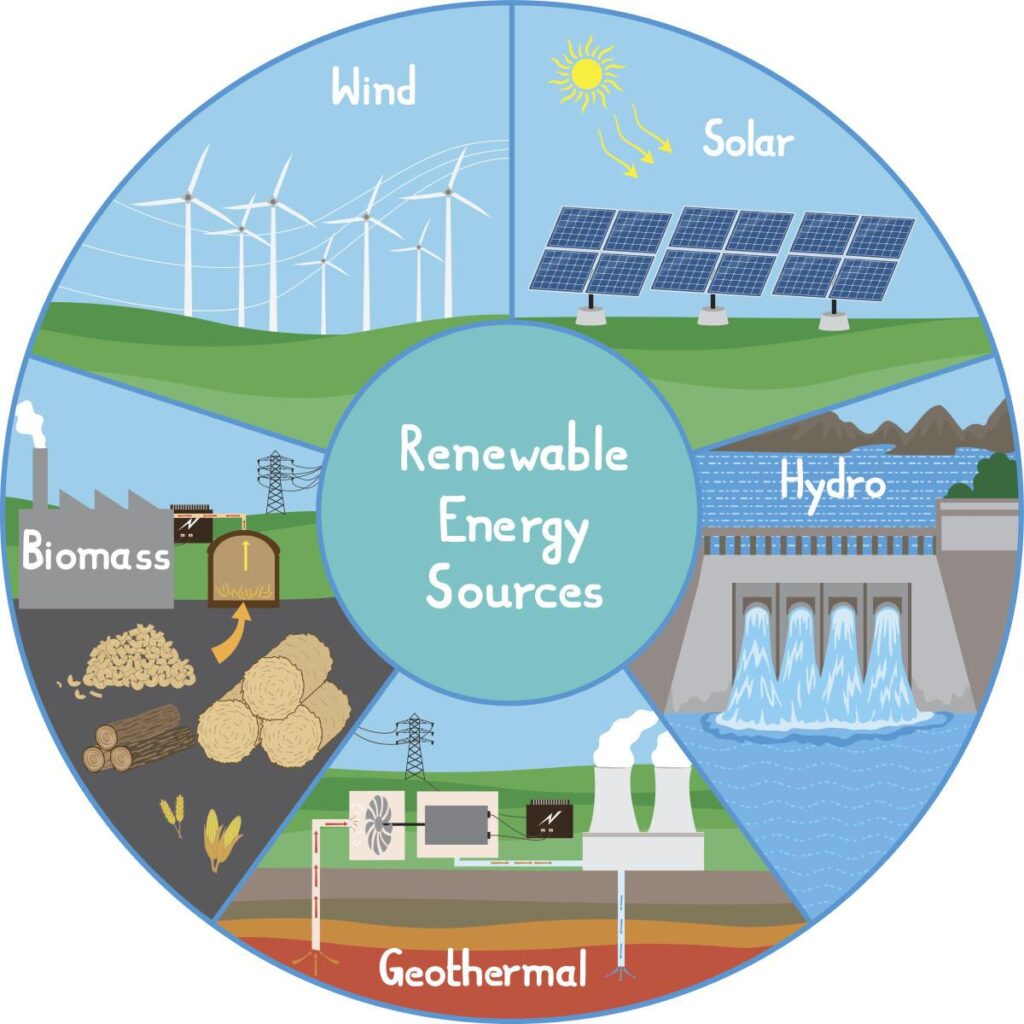Global renewable energy capacity is set to nearly triple by 2030, according to a recent analysis highlighted in Yale Environment 360. Driven by rapid advancements in technology, falling costs, and ambitious climate policies, solar, wind, and other clean energy sources are expanding at an unprecedented pace worldwide. This surge marks a pivotal shift in the global energy landscape, underscoring the growing commitment to reducing carbon emissions and combating climate change as countries race toward a more sustainable future.
World Renewable Energy Capacity Set for Dramatic Expansion by 2030
Global renewable energy capacity is projected to undergo an unprecedented surge, with analysts forecasting nearly a threefold increase by 2030. This expansion is primarily driven by accelerated investments in solar, wind, and emerging green technologies, alongside supportive government policies worldwide. Experts highlight that the combination of falling costs and technological innovation is enabling a faster transition from fossil fuels to cleaner alternatives, reshaping the energy landscape on a massive scale.
Key factors fueling this growth include:
- Solar power: Expected to dominate new capacity additions with continued declines in panel prices and improvements in efficiency.
- Wind energy: Offshore projects gaining momentum due to higher output potentials and reduced environmental impacts.
- Energy storage: Advances in battery technologies are enhancing grid stability and renewable integration.
The following table outlines the predicted share of renewable sources in the total capacity mix by the end of this decade:
| Energy Source | 2030 Capacity Share | Current Capacity Share |
|---|---|---|
| Solar | 45% | 25% |
| Wind | 35% | 30% |
| Hydropower | 15% | 35% |
| Other Renewables | 5% | 10% |
Challenges and Opportunities in Scaling Up Sustainable Power
Scaling up sustainable power infrastructure involves navigating a complex landscape of technical, economic, and policy hurdles. One of the foremost challenges is the intermittency of renewable sources like solar and wind, which demands advancements in grid storage and smart distribution technologies. Additionally, developing nations often face financial constraints and lack the necessary regulatory frameworks to attract large-scale investments in clean energy projects. Compounding these issues, supply chain disruptions and raw material shortages for critical components such as lithium and rare earth elements threaten to slow the acceleration of renewables deployment.
Despite these obstacles, the opportunities remain vast and compelling. The rapid decrease in production costs coupled with global climate commitments has spurred innovations and spurred international collaboration. Governments and private sectors are increasingly investing in hybrid energy systems and cutting-edge storage solutions to enhance reliability. Moreover, renewable capacity expansion drives job creation and regional development, especially in underserved areas. The following table summarizes key factors influencing the growth trajectory of sustainable power capacity:
| Factor | Challenge | Opportunity |
|---|---|---|
| Grid Stability | Intermittent supply | Smart grids & energy storage |
| Investment | High upfront costs | Falling technology prices |
| Materials Supply | Raw material scarcity | Recycling & alternative materials |
| Policy | Regulatory uncertainties | Global climate agreements |
Policy Actions and Investments Needed to Sustain Momentum
To maintain the accelerated growth in renewable energy capacity, governments worldwide must enact bold policy measures that create stable and attractive environments for investors. This includes enhancing regulatory transparency, implementing streamlined permitting processes, and setting ambitious yet achievable renewable targets aligned with climate goals. Crucially, expanding financial incentives such as tax credits and subsidies will catalyze private sector participation, fostering innovation in emerging technologies like green hydrogen and battery storage. Simultaneously, integrating renewables into national grids through improved infrastructure and smart grid technologies remains essential to handle the increasing share of variable energy sources.
In addition to policy frameworks, strategic investments in workforce training and local manufacturing capabilities can boost job creation and reduce supply chain bottlenecks. Highlighted below are key areas demanding focused capital allocation:
- Grid modernization: Addressing transmission constraints to optimize power flow.
- Energy storage: Scaling battery facilities to balance supply and demand.
- Research and development: Driving next-generation renewable technologies.
- Community engagement: Promoting equitable access and local benefits.
| Investment Focus | Expected Impact | Timeframe |
|---|---|---|
| Advanced Grid Infrastructure | Reduce curtailment & improve reliability | 3-5 years |
| Energy Storage Solutions | Enhance grid flexibility | 5-7 years |
| R&D in Emerging Tech | Lower costs & boost efficiency | 7-10 years |
| Local Workforce Development | Job creation & skill enhancement | Ongoing |
To Conclude
As the world races toward a cleaner energy future, the projected tripling of renewable capacity by 2030 signals a pivotal shift in the global power landscape. While challenges remain, from infrastructure demands to policy alignment, the momentum highlighted in Yale Environment 360’s report offers a cautiously optimistic glimpse of a decarbonized energy system within reach. Continued investment, innovation, and international cooperation will be essential to sustaining this trajectory and meeting urgent climate goals in the decade ahead.
